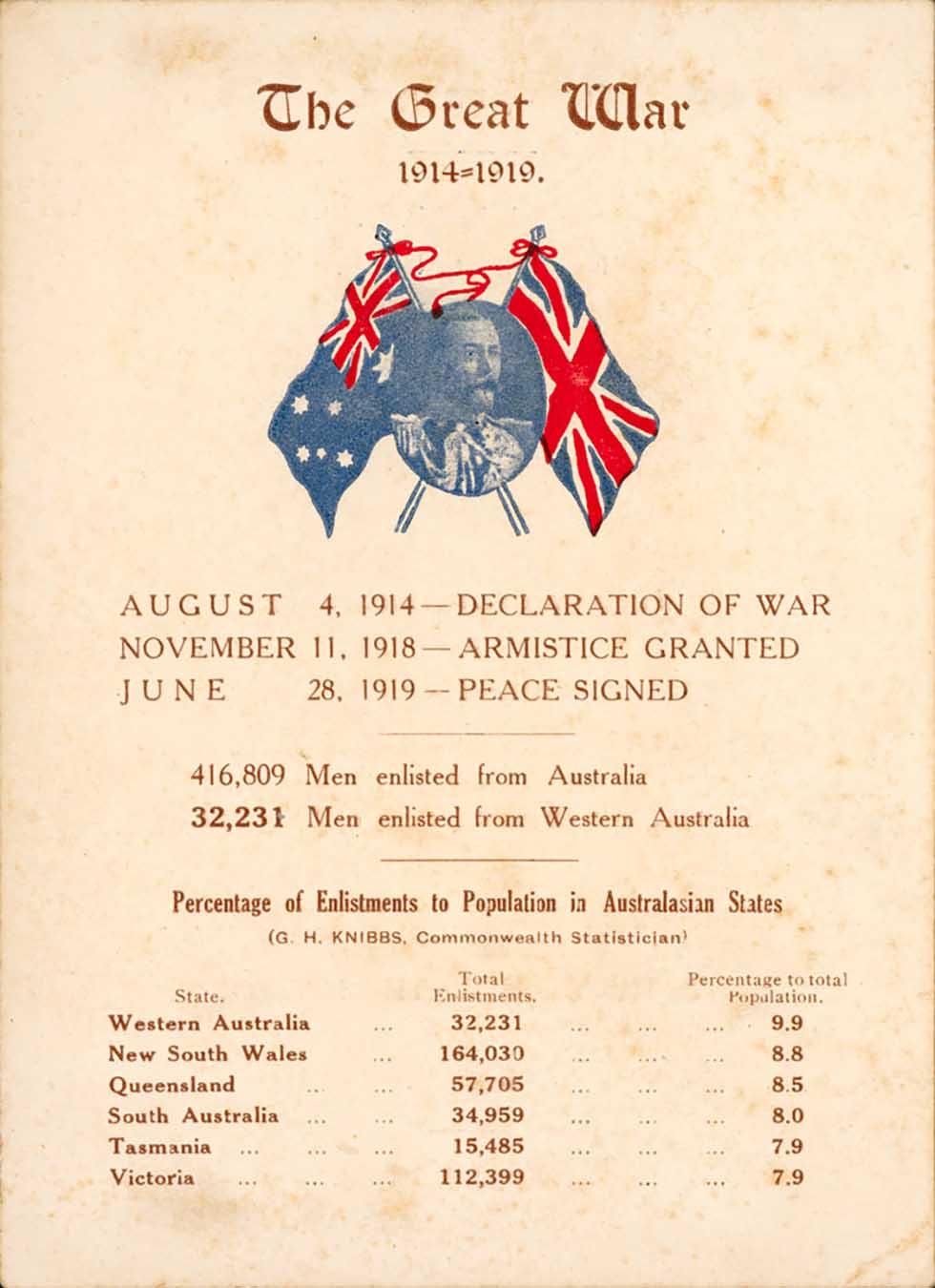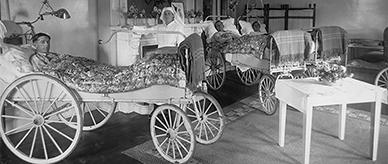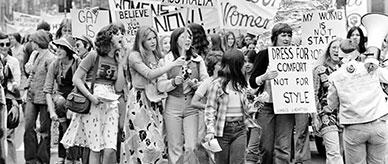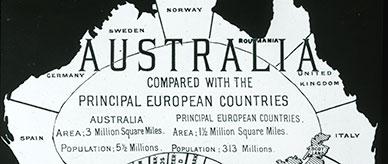


Transcript
[Heading in ornate letters:] The Great War
1914-1919.
[Image of King George V, superimposed over crossed flags of Australia and the UK.]
AUGUST 4, 1914 – DECLARATION OF WAR
NOVEMBER 11, 1918 – ARMISTICE GRANTED
JUNE 28, 1919 – PEACE SIGNED
[dividing line.]
416,809 Men enlisted from Australia
32,231 [bolded] Men enlisted from Western Australia
[Dividing line.]/p>
[Subheading:] Percentage of Enlistments to Population in Australasian States
(G. H. KNIBBS, Commonwealth Statistician)
[Three columns of information, labelled ‘State.’, ‘Total Enlistments.’, and ‘Percentage to total Population’.]
Western Australia … 32,231 … 9.9 [percent]
New South Wales … 164,030 … 8.8 [percent]
Queensland … 57,705 … 8.5 [percent]
South Australia … 34,959 … 8.0 [percent]
Tasmania … 15,485 … 7.9 [percent]
Victoria … 112,399 … 7.9 [percent]
About this record
This printed document, entitled The Great War 1914–1919, shows the number of men in Australia who enlisted for military service during the First World War. Under a cameo image of King George V – flanked by the crossed flags of Australia and the United Kingdom – the poster lists the three major dates for the start and end of the war. This is followed by the total number of enlistments from Australia as a whole and for Western Australia in particular. A table presents the enlistments for each of the states (Western Australia at the top) – both total numbers and as a percentage of the total populations of the states.
Educational value
- Produced after the First World War (probably by a Western Australian newspaper), this printed document shows the extent of voluntary enlistments in that state during the war and the proportion of the Western Australian population that represented. Of the total 416,809 enlistments from Australia, 32,231 came from Western Australia. While the Western Australian enlistment was only 7.7 per cent of the whole, it represented a remarkable 9.9 per cent of the state’s total population. As the table makes clear, this was the highest of any state.
- The significance of the Australian human contribution to the war effort is indicated by the number of enlisted men who died or were injured. Australia’s total population at the time was about 4 million, and the 416,809 who enlisted for service represent 38.7 per cent of the total male population aged between 18 and 44. Of these, an estimated 58,961 died, 166,811 were wounded, 4098 went missing or were made prisoners of war, and 87,865 suffered sickness.
- The motivations of Australians who enlisted were varied. Most probably believed it was their patriotic duty to Australia, the British Empire and the King. Many regarded war as a great adventure and may have been caught up in the enthusiasm of recruitment drives. Many went to be with their mates in the same battalion. Some saw it as a chance to see ‘home’ (Britain) at the government’s expense. Others felt they would never live down the shame of not going.
- Enlistments were high soon after war was declared on 4 August 1914: 52,561 enlisted in 1914. However, once the extent and horror of the conflict became known, it became much more difficult to attract recruits. Posters appealing to men’s patriotism or their consciences began to appear and became widespread. Politicians and returned heroes toured the country holding recruitment meetings. Recruiting marches paraded through cities and country towns.
- Some of the men listed in these statistics would have been able to enlist only after the initial minimum standards were lowered. In 1914, recruits had to be 18 to 35 years of age and at least 167.6 centimetres tall with a chest measurement of 86.3 centimetres. In June 1915, the upper age limit was raised to 45 and the minimum height was reduced to 157.5 centimetres. In April 1917, the minimum height was lowered again, to 152.4 centimetres. The standard of medical fitness required from recruits was also lowered.
- All the enlistments referred to in this document were voluntary. Voluntary enlistment continued throughout the war – despite the efforts of the Australian Government to introduce conscription to make up continuing shortfalls in reinforcements. This was remarkable, because all the other major combatants introduced some form of compulsory service. A bitterly fought plebiscite on conscription was held in 1916 and a second one in 1917, but both were defeated.
Acknowledgments
Learning resource text © Education Services Australia Limited and the National Archives of Australia 2010.
Related themes
Need help with your research?
Learn how to interpret primary sources, use our collection and more.



